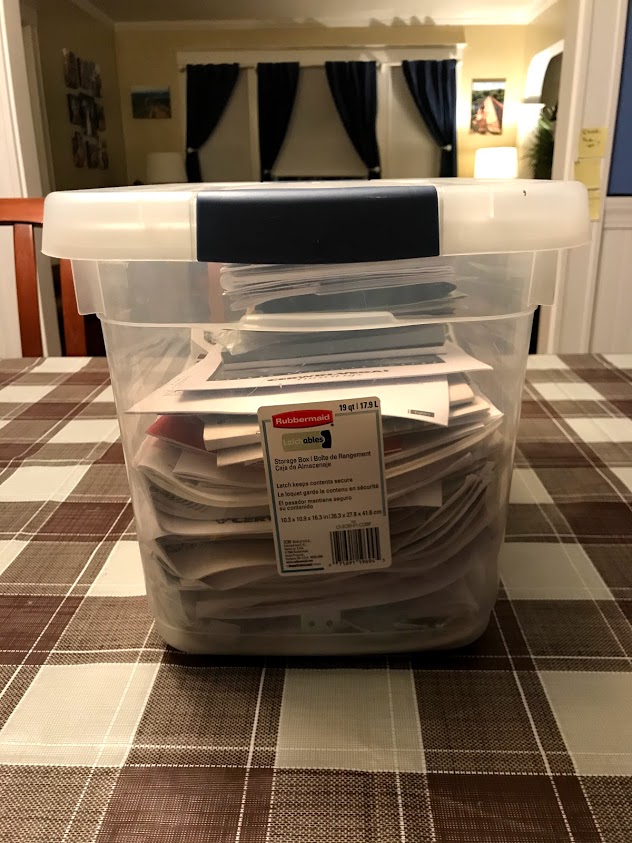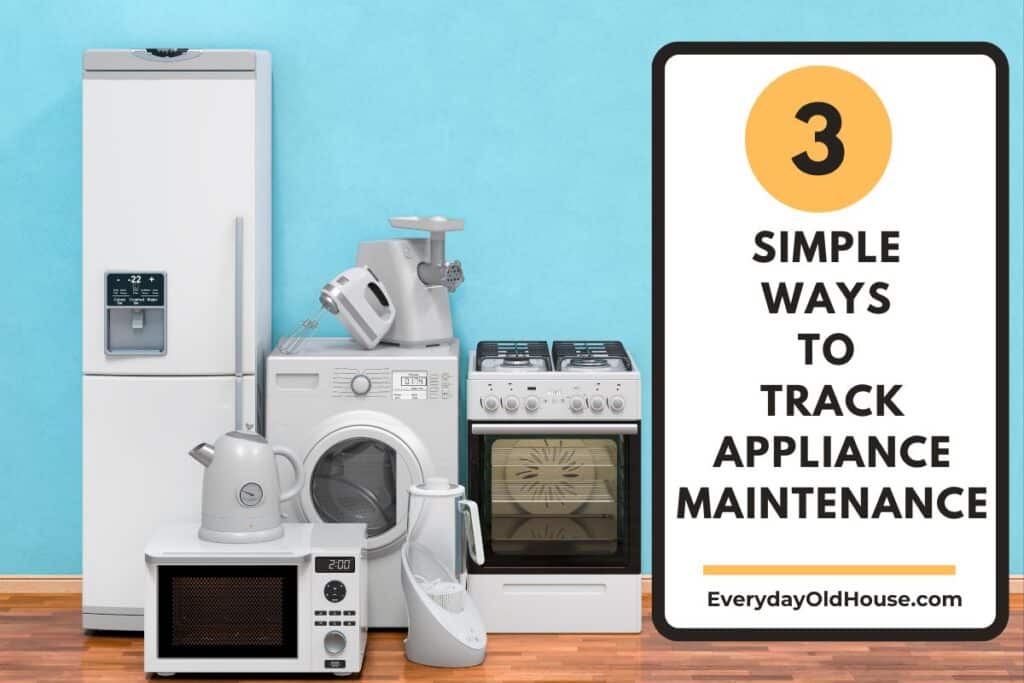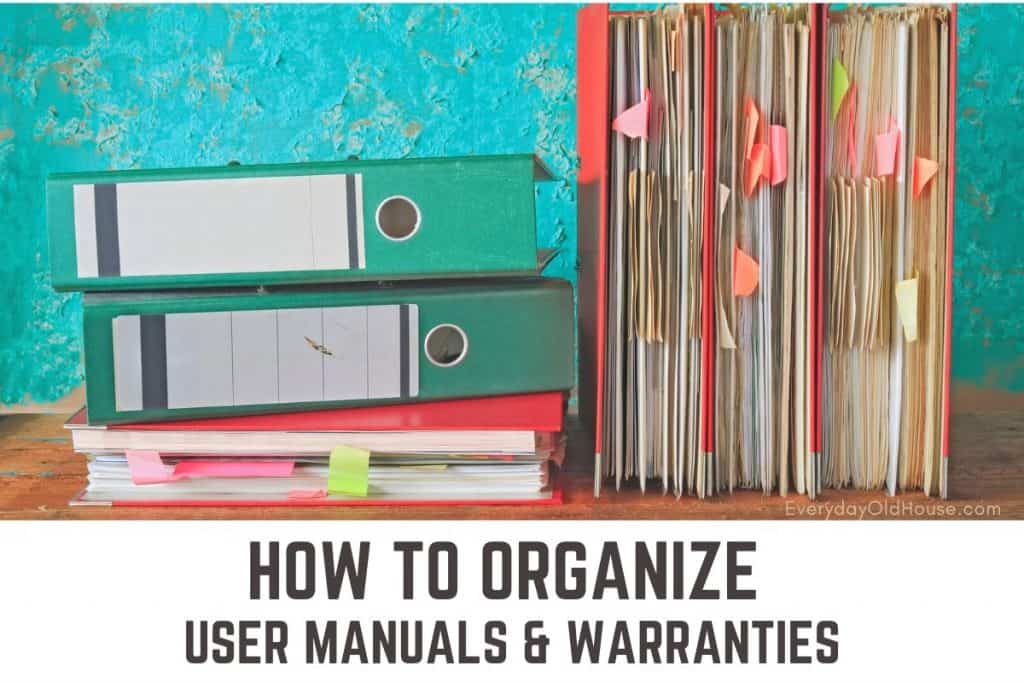Last Updated on April 19, 2025
Whether you’re moving into a new house or just trying to stay ahead of surprise breakdowns, it’s a good idea to know the age of your appliance. Why? As homeowners, we depend on our major appliances to run smoothly. And when they unexpectedly break down, fixing of replacing them causes frustration and added expense. Knowing the date of manufacture helps you plan better, especially if you’re like me and trying to stretch every dollar on a single income. Here’s 5 ways to determine age of major appliances.

Backstory
When we bought our house over a decade ago, figuring out how old our appliances were wasn’t exactly top of out list. We were more worried about moving boxes and signing what felt like 1,000 documents. Of course, shortly after we moved in, the refrigerator that came with the house decided to act up. Technically it worked, but the motor hummed like the Daytona 500 racecar, the shelving was cracked, and it was too small for our needs. So we bought a new one—an unplanned expense that added to our already stretched move-in budget.
Since our move 10+ years ago, some appliances have been replaced, like our the washing machine and dryer. But some, like the dishwasher, stove, and oven have stuck around. They came with the house. I’m not sure how old they are, but I bet they close to the end of their lifecycles. Ticking time bombs.
It’s time to start planning their replacement. And the first thing to do? Figure out when my appliances were made. Here’s 5 different methods to find out when an appliance was made (and yes, I’ve used all of them at some point!).
5 Ways to Determine the Age of Major Appliances
1. Serial Tag Decoders
The serial number is the ideal place to finding out the manufacturing date. You’ll find the serial number tag—usually along with the model number—somewhere on the inside of your appliance. Check the door frame, interior walls, or even behind the unit (ugh). Or check out these direct links to common US manufacturers that show exactly where to find that label:
Once you’ve located the label, you can determine the age of major appliances through various options. For older models, sometimes you can luck out and find a manufacturer label that clearly lists the exact date of manufacture. However, you will probably find a long string of letters and numbers that doesn’t easily make sense. However, hiding in there is probably a date code that needs to be decoded. Most manufacturers uses different date codes to hide the month of manufacture and year of manufacture within the serial number. For example, the first letter or second letter often tells you the month or year of manufacture. Or sometimes it’s a first digit versus a first letter.
How do you decode the date of manufacture? Several common manufacturers have decoders right on their website. For example, GE’s website explains how the first two letters give you the month and year the unit was made. Here’s a few other decoders that are not brand-specific:
- Appliance 411’s Date Code Search (the website looks outdated, but seems solid)
- HomeSpy.io (for newer appliances)
- Cannons Appliance for brand-specific codes.
- Global Property Inspections (specific to furnaces)
Still stuck on the age of the appliance? You can always call or email the manufacturer with the model and serial number and ask for the manufacturing date.
2. Check Warranty or Purchase Paperwork
While locating and decoding a serial number for major appliances is the ideal way to find out when an appliance was made, sometimes it just isn’t feasible. Lickily, there are a few other options. For example, if the previous homeowner left behind a folder or drawer of receipts and warranties—goldmine! Look through any warranty documentation or appliance receipts to find the installation date, which is usually within months of the date of manufacture.
If you’re still living in the same home and bought the appliance yourself (but forgot when)? Try digging through your email for order confirmations. It’s amazing what you can find by typing the brand name into your inbox search bar.
3. Owner’s Manuals
Yes, really. Some owner’s manuals include a print date on the front or back cover—usually alongside the publication number. This won’t give you the exact month of manufacture, but it can help you estimate a general time range.
Our previous homeowners left a stack of instruction manuals, and I was surprised how helpful they turned out to be. I recommend writing the purchase date right on the front cover of the owner manual and stapling any receipts inside. Then stash them all in one bin for easy access. Here’s how I organize my user guides and manuals.

4. Ask the Previous Homeowners
During the home buying process, sellers often include a property disclosure statement or even just mention during walkthroughs when major appliances were installed. One open house we toured had a binder on the kitchen counter listing all major renovations—including appliance installs. It was beautiful.
Even if you’ve already moved in, it doesn’t hurt to reach out and ask the previous owner directly if you’re still in contact.
5. Consider the Age of the Home or Renovation
If your house is only 10-20 years old and hasn’t been renovated, there’s a good chance your appliances are the originals. The same goes if you know the kitchen was remodeled at a certain time—appliances are usually replaced during major renos.
Not sure when that happened? Check with your town’s building department. They may have permits or contractor paperwork that lists what work was done—and when.
What to Do Once Determine Age of Major Appliance
1. Write It Down!
Please don’t make yourself dig all this up again in a few years. Write the year of manufacture down on your appliance tracking sheet, owner’s manual, or use one of these 3 simple ways to track the age of the appliance. Your future self will thank you.
2. Plan for Replacement
Does the old age of your appliance make you a bit nervous? Want to avoid a surprise breakdown? I created a free Replacement Appliance Cost Calculator that helps you plan ahead, see what’s due to be replaced, and figure out your budget. It’s built in Google Sheets—make a copy, plug in your info, and you’re done.
Got questions about determining the age of your major appliance? Drop them in the comments! Or let me know if you’ve tried any of these ways to find out when an appliance was made and what worked for you.
Related Posts
Want to be the first to know about new posts? Be sure to follow me on Pinterest, Facebook, Instagram or Twitter of even Etsy! Or better yet… Subscribe below!
My monthly (admittedly sometimes more, sometimes less….) emails are like receiving a unexpected letter from an old friend WITHOUT needing to put on your slippers and walk out to your mailbox…. See? I got ya, my friend!)
[Note: My posts are proudly connected to these amazing link parties full of DIY ideas and inspiration!]




